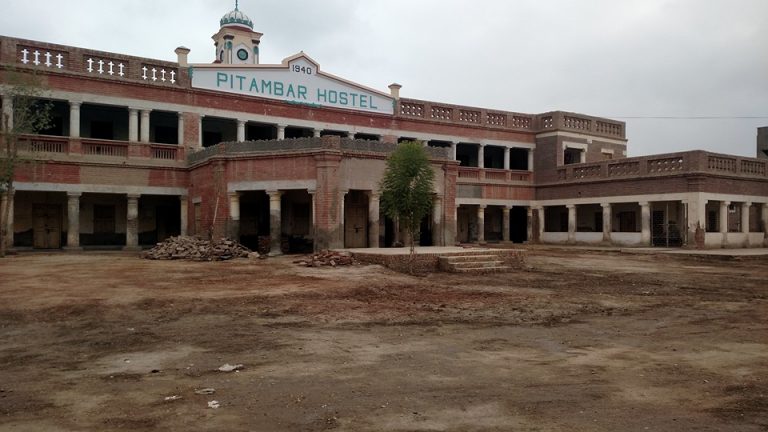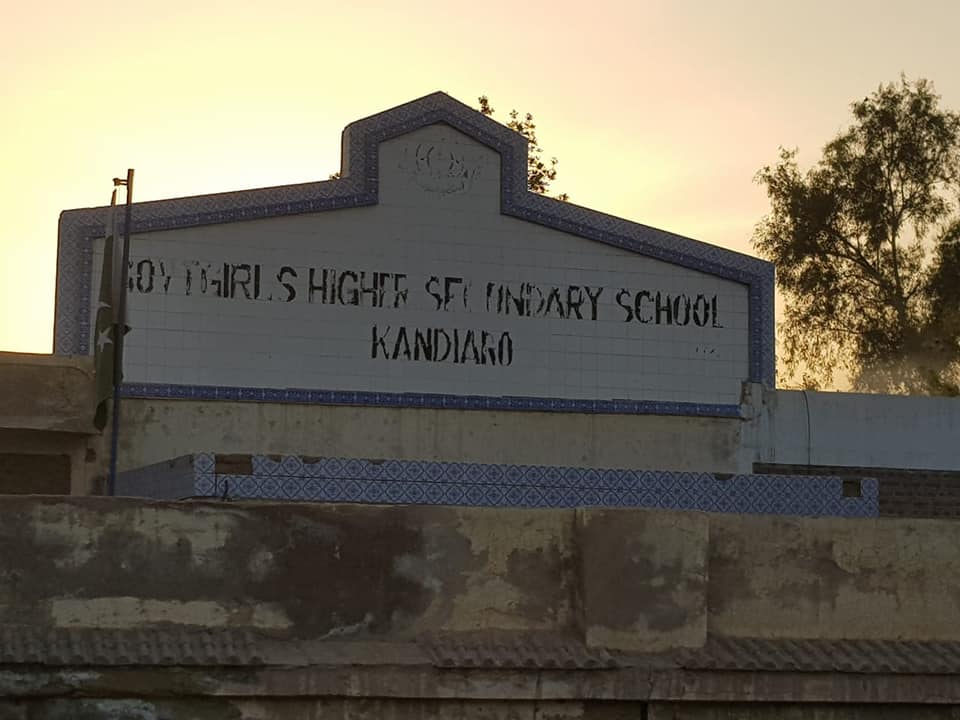
The Sahiti Region was well known for its crafts and fruits. Popular hand-made cloth was from this region. Oranges from Tharushah, Pedas of Bhirya, Bhugra (channa) of Kandiyaro, Angochhas (towels) of Naushahro Feroze etc.
Milind Teckchandani
“May Sindhu Darya flow full, May everybody be happy – ‘May the Lord bring rains and abundance to Sindh.’ (Saaein Sadaein Karein Mathay Sindh Sukar). “
– (Late) Dada K.R. Malkani in “The Sindh Story”
“Hindvasi” is the oldest Sindhi newspaper in circulation. The newspaper is being published in Arabic Sindhi on a weekly basis since 1917. In the good old days, the newspaper had a wide circulation which over decades has reduced significantly given the decline in number of Arabic Sindhi readers. The newspaper is now published from Mumbai and the editor, Dadi Shobha Lalchandani, does a wonderful job amidst paper’s declining popularity. Some weeks there are one or two columns in English / Devanagari Sindhi as well. This week the newspaper carried an article on SAHITI region which was quite informative and coming from a family with origins in Sahiti region in Sindh as well, I thought I will write on this topic.
I have grown up listening to elders telling us “Asaan Sahiti ja aayon” (we are from Sahiti) when asked about our ancestral origins. A few years ago, I purchased a couple of maps of Sindh from Sindhi Navjeevan Sabha, Lajpat Nagar but to my disappointment wasn’t able to locate Sahiti as a region/town. I contacted my paternal uncle (Dad’s elder brother) to re-enquire about our ancestral origin and he said try looking for “Kandiaro” in the map as that is where Kaka (Paternal Great Grandfather) used to stay. Kandiaro was identifiable in the map but my curiosity to find what Sahiti meant still remained. A few months later, whilst watching Sindhi Sarvech program on YouTube, one of the guests mentioned that his family origins too were from Sahiti region. He then further went on to elaborate that in Sindh, the districts of Nawabshah, Naushehro Feroze and Moro were collectively referred to as Sahiti region and the people staying there as “Sahita”. Kandiaro ( to where both my paternal and maternal ancestry belongs) was then a part of District Nawabshah (which has now been rechristened as Shaheed Benazeerabad after the great leader and ex- chair of Pakistan People’s Party, (Late) Ms. Benazeer Bhutto).Currently, it is a part of Naushehro Feroze district.

Tracing the region’s history, the article in Hindvasi states (excerpts):
“It is believed that Sahiti area was named after Sahita tribe. This tribe whose ancestors were the followers of Hndu religion, acquired this ‘jagir’ from a Muslim ruler. Sahitas lived on both sides of Sindhu River. And ancient paragano belonged to Sahita tribe. (According to Late Shri Lokram Dodeja’s “Muhenjo Vattan – Muhenja Manhoon” book, two princes of Jodhpur state raised dispute to ascend to the throne and become its King. However one of them Morasingh gave up and moved out with his army towards Sindh and captured the area near Jodhpur state. His fourth powerful son Sahta Singh seized the mid area of Sindh province. This is how the area is called after his name as Sahiti Paragana and More Taluka came to be known after the name of his father Mora Singh………….
……………. The region was also well known for its crafts and fruits etc. Popular hand-made cloth was from this region. Oranges from Tharushah, Pedas of Bhirya, Bhugra (channa) of Kandiyaro, Angochhas (towels) of Naushahro Feroze and several other things and articles were unique in their own way and popular in the region.”
The mention of Bhugra (channa) immediately brings forth the memories of my maternal grandfather (Nana), (Late) Shri Lachhmandas Pohumal Khemani. Even though Nana passed away when I was only 6, I still recall some memories of him. He used to come to stay with us for a few days every year and I distinctly remember how in the evenings, he enjoyed his glass of whisky along with bhugras and boiled eggs. Nana longed to visit his hometown of Kandiaro and used to mention the same to my mother but like hundreds of other Sindhis, his wish remained unfulfilled. A devoted Shiv bhakt, I also remember how one fine morning, he called up his daughters and said, ” Putr, haane time acchi vyo aa halan jo” (Dear, now the time has come to go). Nana expired an hour or so later.

Newspapers like Hindvasi need support from the community to survive these difficult times. It will be unfortunate if this newspaper was to close down (which is likely given lack of readership). Even if you don’t read Sindhi, I will still request that you subscribe to the newspaper which reaches your home directly via post to ensure that it survives.
The 1947 Partition Archive is nonprofit oral history organization in Berkeley, California and a registered trust in Delhi, India that collects, preserves and shares firsthand accounts of the Partition of India in 1947. While browsing through some of the interviews that are available on the website free of cost, I chanced upon this wonderful interview of Dadi Leela Mamtani who too hailed from Kandiaro, Sindh. This thirty minutes interview in Hindi has been a fascinating watch as it gave me an insight into what it would have been to be staying in Kandiaro. I wish Nana was alive today!
_______________
Courtesy: Sindhi Chokro Blogs